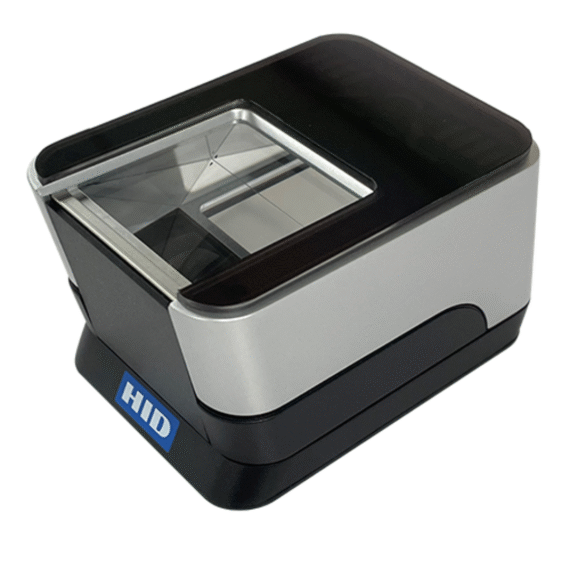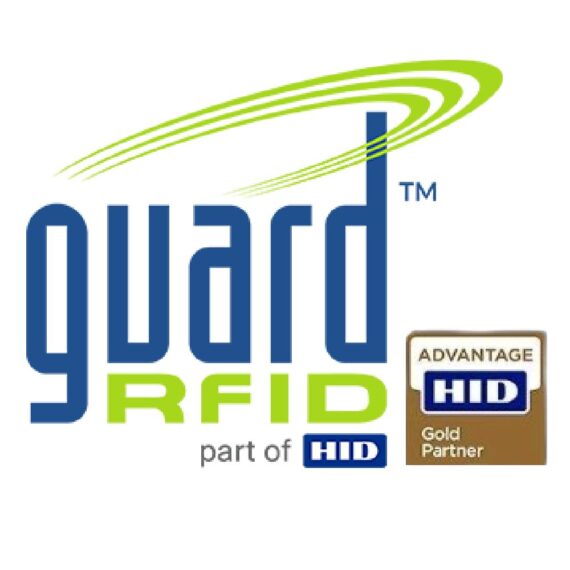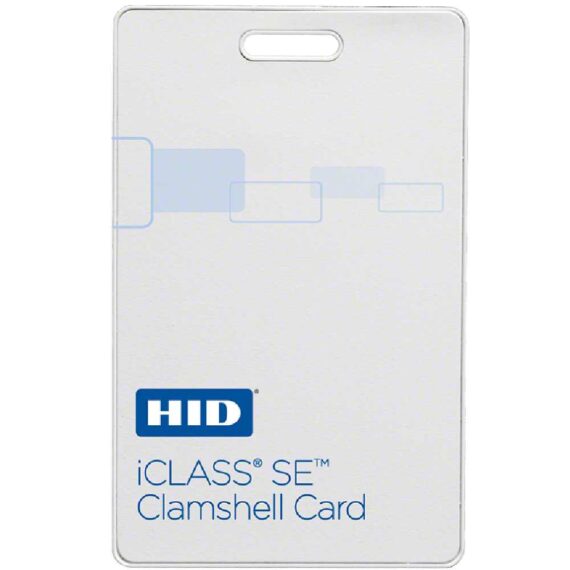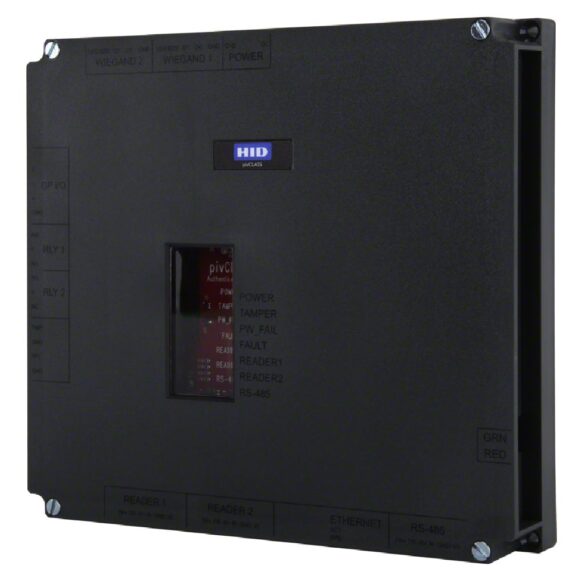HID Proximity Cards Online are a type of contactless smart card commonly used for physical access control systems. These cards work by emitting a unique radio frequency (RF) signal when placed near a compatible card reader. The reader detects the card’s signal and grants or denies access based on pre-programmed permissions. Here’s a breakdown of key aspects of HID Proximity cards:
Technology
RFID HID Proximity cards use Radio Frequency Identification (RFID) technology, which enables the cards to communicate with card readers without physical contact.
Low Frequency: These cards typically operate at a low frequency (125 kHz), allowing for short-range communication (typically within a range of 3 to 10 inches).
- Security Features
Unique ID: Each HID Proximity card has a unique identifier (UID) encoded in it, which allows the card reader to identify the card.
Encryption: Some versions may support encryption for more secure communication, though standard HID Proximity cards usually offer a basic level of security.
Limited Security: While HID Proximity cards offer a convenient and simple access solution, their security is relatively low compared to newer technologies like smart cards (e.g., HID iCLASS or smart cards using encryption and multi-factor authentication). - Applications
Access Control: Used widely in secure entry points for offices, buildings, and data centers. They are often used in combination with other security measures like PIN codes or biometric systems for multi-factor authentication.
Time & Attendance: HID Proximity cards are also used in time-tracking systems to log employee attendance automatically.
Identification: The cards can be used for identification purposes in various sectors, like healthcare, government, and education. - Types of HID Proximity Cards
Standard Proximity Cards: These are basic cards with a magnetic stripe and an RFID chip.
HID iCLASS: A more secure version that supports higher-frequency RFID technology and offers more robust encryption and security features.
HID Seos Cards: A more advanced, high-security solution offering stronger encryption and mobile compatibility (e.g., through smartphones). - Advantages
Ease of Use: They don’t require physical contact, allowing for faster and more convenient access.
Durability: Typically, these cards are durable and resistant to wear and tear.
Cost-Effective: HID Proximity cards are relatively inexpensive compared to other access control technologies like biometric systems or smart cards. - Limitations
Limited Security: Due to the lack of encryption or advanced authentication mechanisms, these cards are more vulnerable to cloning or interception compared to newer technologies.
Range and Interference: Proximity cards are sensitive to range and may have issues if there is interference from metal objects or other electronic devices. - Card Form Factors
Standard Card: Similar in size and shape to a credit card – HID Proximity Cards Online.
Key Fob: A small, keychain-sized version of the card for convenience.
Wristbands or Tags: Some HID Proximity solutions come in wearable forms like wristbands, making them more convenient for certain applications.
Compatibility
HID Proximity cards are compatible with most HID card readers and can be used in a wide variety of access control systems. However, they may not be compatible with readers that use higher-frequency RFID or smart card technologies.
Summary: HID Proximity cards are a widely used, reliable, and cost-effective solution for physical access control, though their security is less advanced compared to newer, more sophisticated technologies.







Reviews
There are no reviews yet.